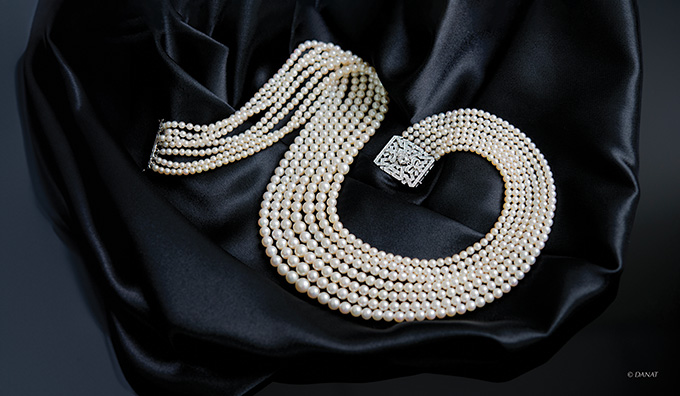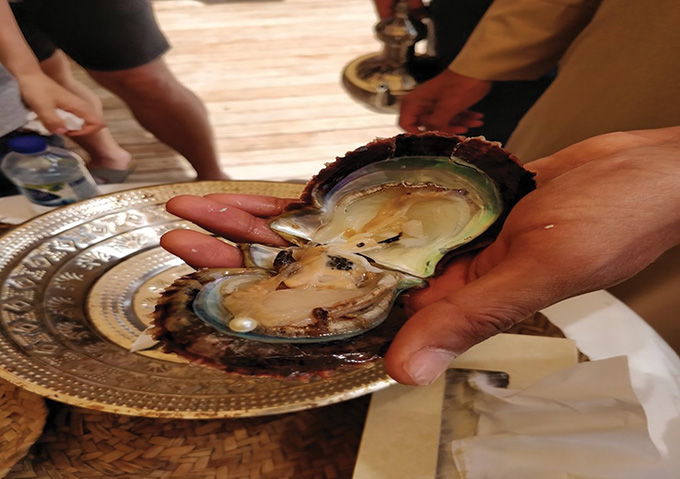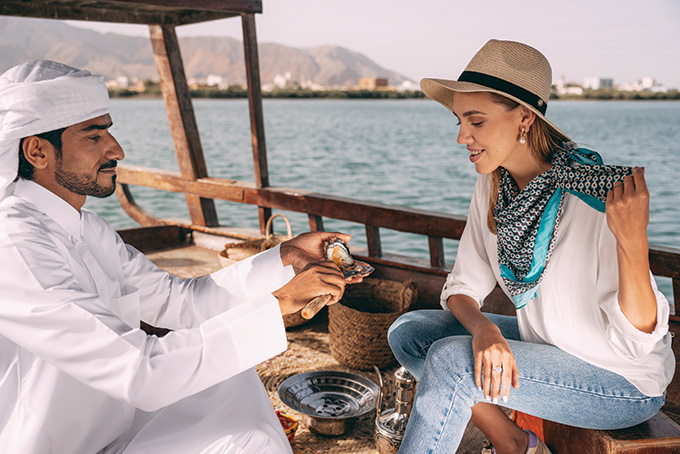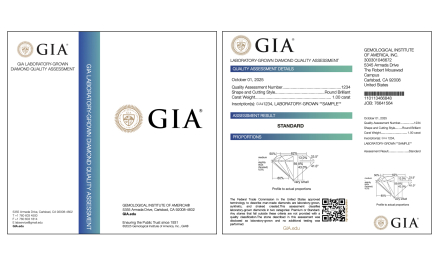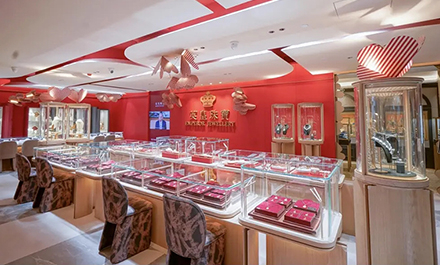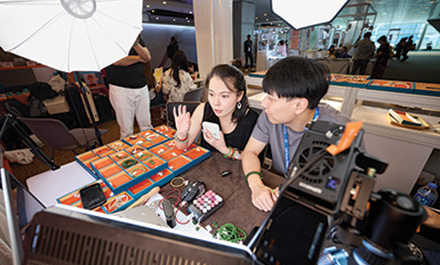Backed by centuries of pearl diving tradition, the Middle East is reasserting its dominance in the niche of natural pearls and history-laden gems in this tale of two pearls.
This article first appeared in the Pearl Report 2023-2024.
Long before the oil trade in the Middle East, there was the pearl trade. The warm waters and marine ecosystem of the Arabian Gulf have been ideal breeding grounds for natural pearls, leading to a rich tradition of pearl diving and cultivation dating back to 2 BC to sustain a flourishing trade in these gems up until the 1930s. Natural pearls formed the backbone of most Arabian economies until the onset of cultured pearl cultivation, new income sources and the discovery of oil in the region changed the dynamics of the trade.
Bahrain however has remained faithful to the natural variety. Leading pearl trading families continue to maintain natural pearl cultivation operations for their lucrative wholesale, trading, jewellery manufacturing and retail businesses. In fact, the kingdom prohibits the import and cultivation of cultured pearls to reinforce the ascendancy of the famed Bahraini pearl.
And in 2017, the Bahrain Institute for Pearls and Gemstones (Danat) was established to help revitalise the country’s natural pearl sector, among its other mandates as a laboratory, testing and research centre.
Natural pearls
According to Danat CEO Noora Jamsheer, natural Bahraini pearls stand out for their rarity. Each natural pearl is unique and no two natural pearls are alike. Whether gifted or bought, natural pearls hold intrinsic value by being rare and one of a kind. They are sought after for their beauty that emanates from their lustre, unique colours and shape.
Very few natural pearls grow to more than 8mm in size. Bigger pearls feature in high-end jewellery creations while smaller pearls are integrated into daily jewellery pieces.
Danat has certified some of the more striking collections of Bahraini natural pearls.
In August 2018, Bahraini diver Sanad Bin Abdulla Bin Jafen discovered a natural pearl in a Pinctada radiata oyster in one of the pearling beds off Bahrain’s northern coast. Measuring 13.93mm by 13.62mm, the Sanad pearl is near-round with a light greyish-cream body colour.
Another outstanding specimen is the Abdul Razak Graduation, a seven-row graduated necklace featuring 779 natural pearls. The 24-inch necklace comprises natural pearls superbly matched for colour, overtone, shape, surface features and lustre. The biggest pearl measures 8.42mm and the smallest 3.78mm. This masterpiece, further adorned with diamonds, belongs to the Al Mahmood family, one of Bahrain’s leading pearl dealers whose pearling tradition dates back two centuries.
In 2022, Danat certified a total of four million pearls, both natural and cultured.
Regional endeavour
According to Bahrain’s Information & eGovernment Authority, the country exported natural pearls to the US, Hong Kong and the United Kingdom in 2023.
Other Gulf Cooperation Council (GCC) countries are likewise capitalising on their pearl heritage to nurture their own markets.
Noting that GCC countries were all guardians of a shared cultural and historical legacy, Jamsheer remarked, “While Bahrain traditionally holds a prominent position as a leading hub for natural pearls, it is crucial to acknowledge that other Middle Eastern countries sharing the same sea have also contributed significantly to the pearl heritage. Collective efforts across the region have led to a resurgence of interest in natural pearls, attracting both domestic and international attention.”
Jamsheer is upbeat on growth prospects for the Middle East’s natural pearl industry, noting that these lustrous gems are truly exceptional due to their inherent rarity and organic formation. “This rarity is a cornerstone of their value. As demand for sustainable luxury continues to gain momentum, these complex factors are anticipated to foster a positive trajectory for the natural pearl industry in the Middle East, offering a glimpse of promising growth in the years to come,” she stated.
Cultured pearls
Over in the United Arab Emirates, Abdulla Al Suwaidi is forging his own path with the region’s first cultured pearl farm, Suwaidi Pearls.
Born to a family with a rich pearling tradition, Abdulla grew up on stories from his grandfather – the last pearl diver in the family – on the glory days of the natural pearl era. Inspired by his grandfather’s legacy, he established Suwaidi Pearls in Ras Al Khaimah in 2004 to revive the pearl trade in a modern setting.
The farm produces pearls of 13 colours, from glowing white and off white to various shades of blue, grey, yellow, gold, pink, violet and green. In 2018, Abdulla opened the farm to the public to promote Arabian pearls and showcase the pearl cultivation technique to visitors.
“My mission has always been to enlighten and educate the world about the Arabian pearl tradition. Suwaidi Pearls remains the only Arabian pearl farm in the Middle East that breeds oysters of the same DNA as the famous Arabian pearls of yesteryears,” Abdulla revealed. “Our production is small because our focus is on the quality of the pearls, not the quantity.”
He noted that Gulf pearls constituted 80 per cent of the world’s supply of pearls in 1906. Today, this has shrunk to less than 1 per cent.
To draw the world’s attention to the Arabian pearl, Abdulla has collaborated with Emirati and international jewellery designers as well as high jewellery maisons Van Cleef & Arpels and Mouawad.
After a visit to the farm, jewellery designer Sarah Ho created the Pearl of Arabia ring, featuring a dazzling pearl found by Abdulla in 2006 that is further adorned with diamonds and mother-of-pearl. Stephen Webster, for his part, made a Suwaidi pearl the centre gem of his Lady Stardust ring.
During the pandemic, the farm was turned into a domestic tourism destination for UAE residents. In 2022, it welcomed 15,000 visitors, making ecotourism a substantial revenue generator for the business.
Abdulla aims to eventually launch a global brand of cultured Arabian pearls to reestablish the UAE as a hub for pearl production and trading. “I have developed an enhanced cultivation technique that would yield a higher quality of pearls. These would be offered to high-end jewellery designers to feature in their creations, thereby sharing the beauty of Arabian pearls with a wider audience,” he disclosed.





